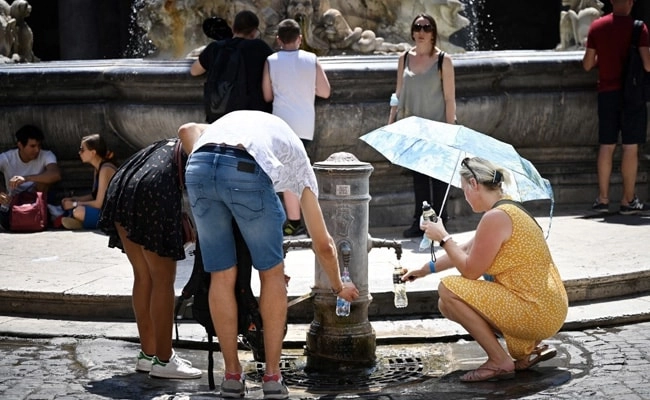This weekend, Rome and 20 other cities across Italy are under a red alert due to extreme heat conditions. The Italian meteorological service has issued warnings, signaling that temperatures are expected to soar significantly, leading to potential health risks for vulnerable populations. This heatwave, characterized by scorching temperatures, is part of a broader trend of climate anomalies that have been increasingly affecting the region. Authorities are urging residents to take precautions, especially the elderly, young children, and those with preexisting health conditions, who are particularly susceptible to heat-related illnesses.
As the heat intensifies, city officials are implementing measures to mitigate its impact. Public cooling centers are being opened, and health advisories are being distributed to inform citizens about the dangers of prolonged exposure to high temperatures. Residents are encouraged to stay hydrated, avoid strenuous outdoor activities during peak hours, and seek shade whenever possible. The situation is compounded by the ongoing challenges posed by the urban heat island effect, where cities tend to experience higher temperatures than their rural surroundings due to human activities and infrastructure.
The implications of such extreme weather events extend beyond immediate health concerns. They also highlight the urgent need for long-term strategies to address climate change and its effects on urban living. City planners and policymakers are faced with the challenge of creating environments that can better cope with rising temperatures and increasing frequency of heatwaves. Sustainable urban design, including increasing green spaces and improving public transportation, can play a vital role in enhancing resilience against such climate events.
The current heatwave serves as a stark reminder of the reality of climate change, prompting discussions around preparedness and adaptation strategies. As cities like Rome grapple with these challenges, the need for community awareness and proactive measures becomes paramount. The cooperation between local governments, health services, and community organizations will be essential in ensuring public safety and health during these extreme weather conditions.




